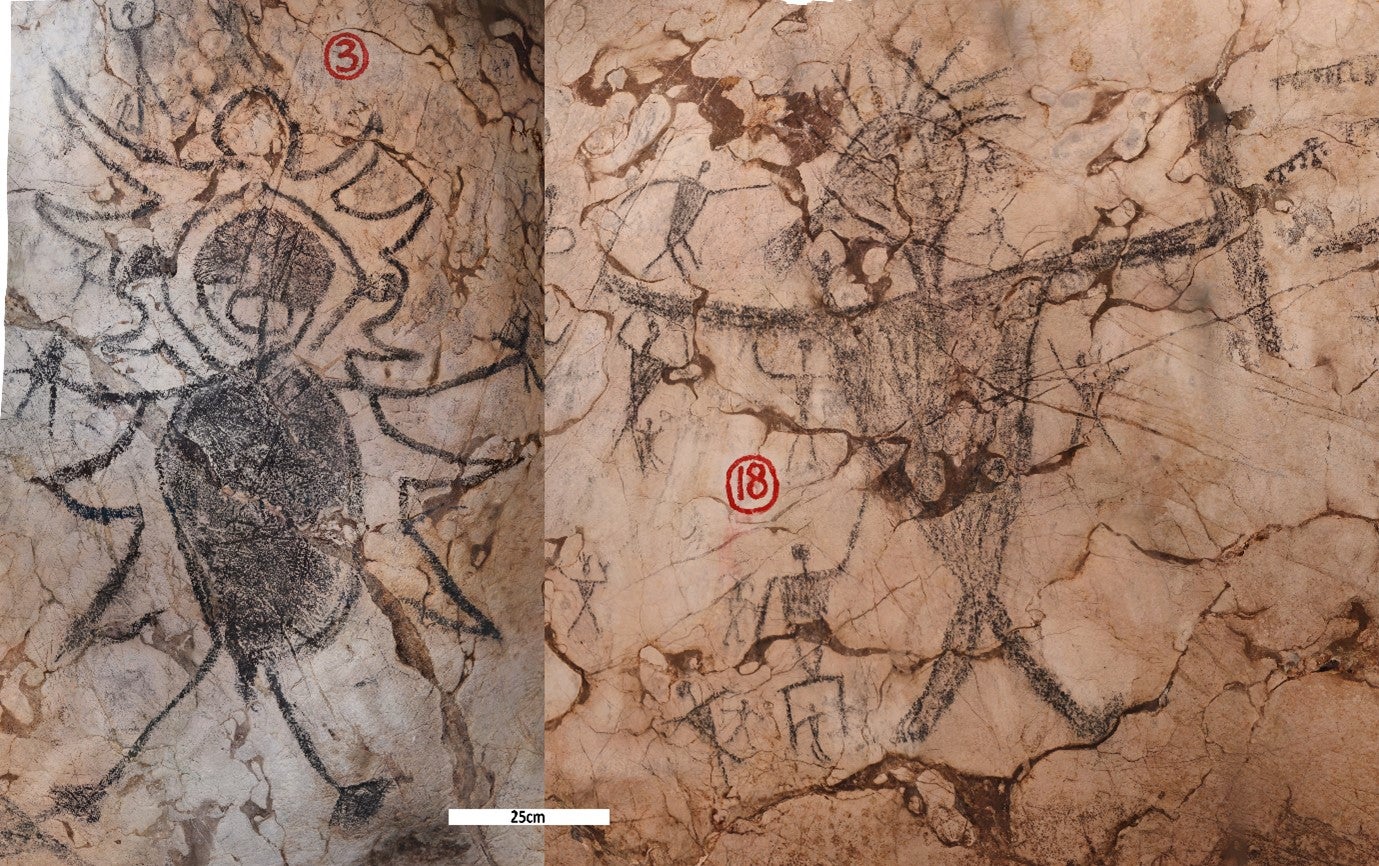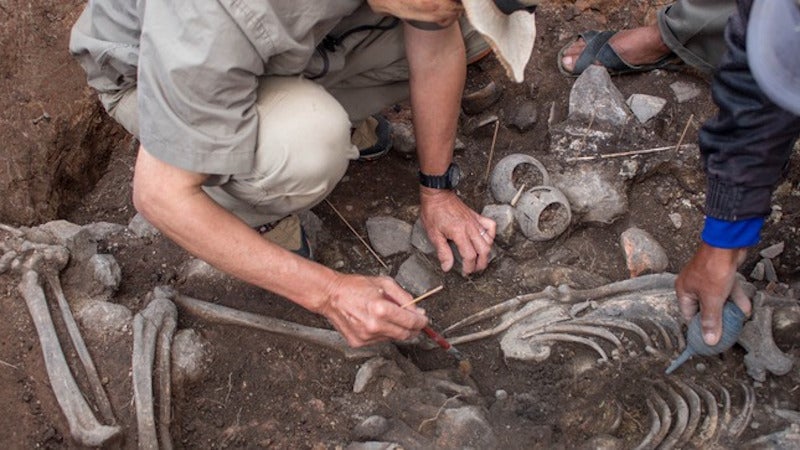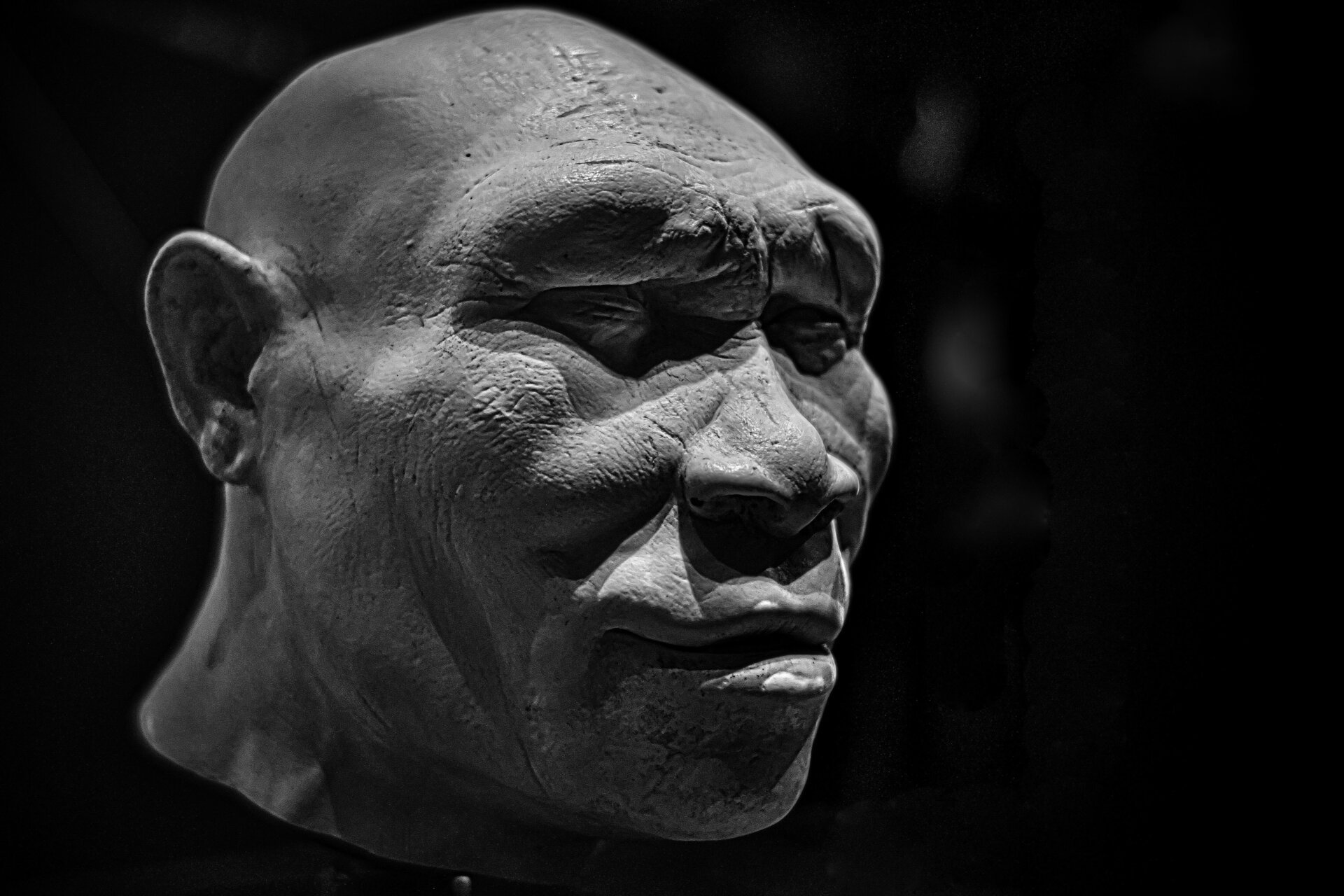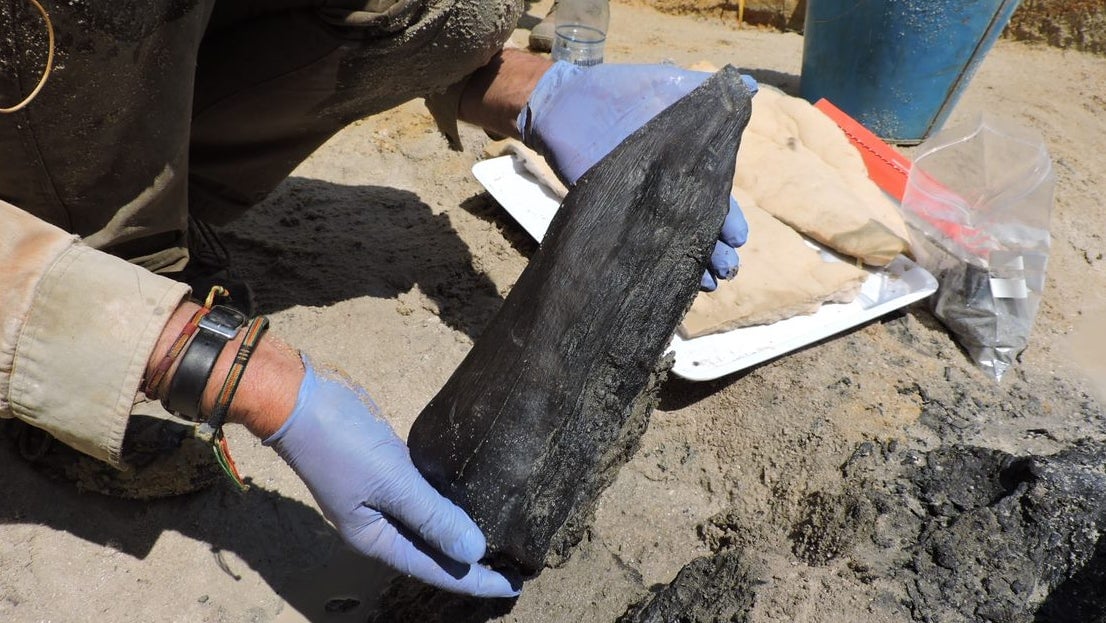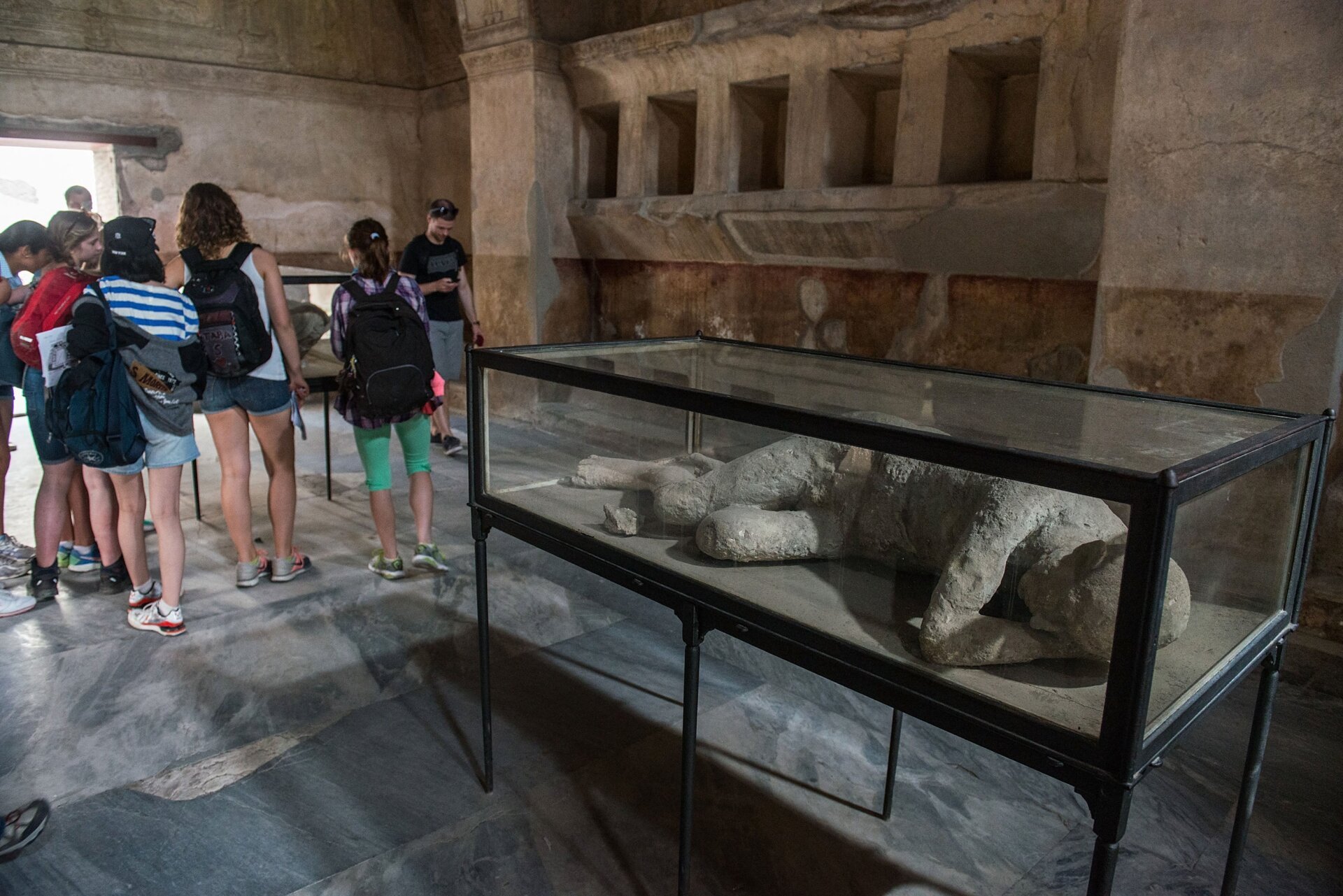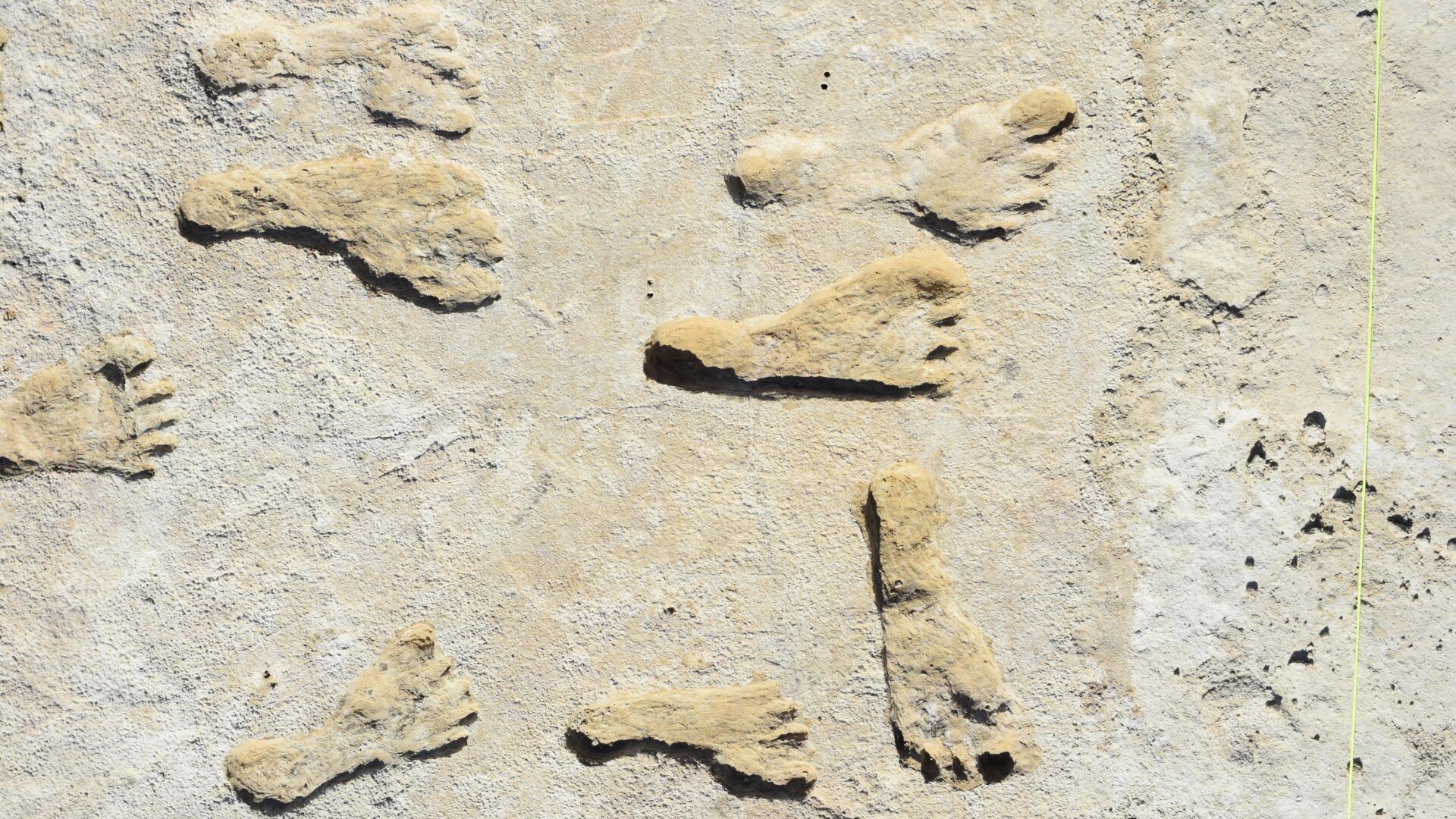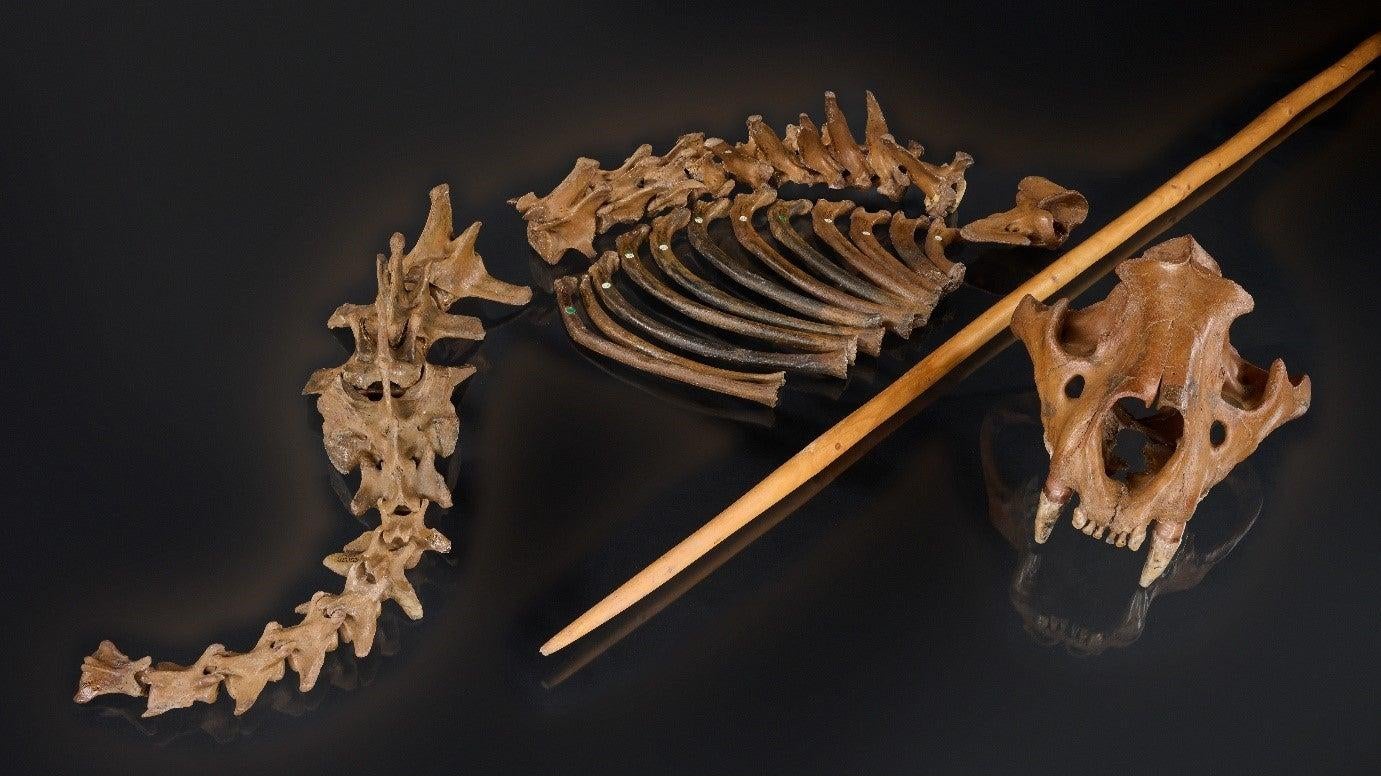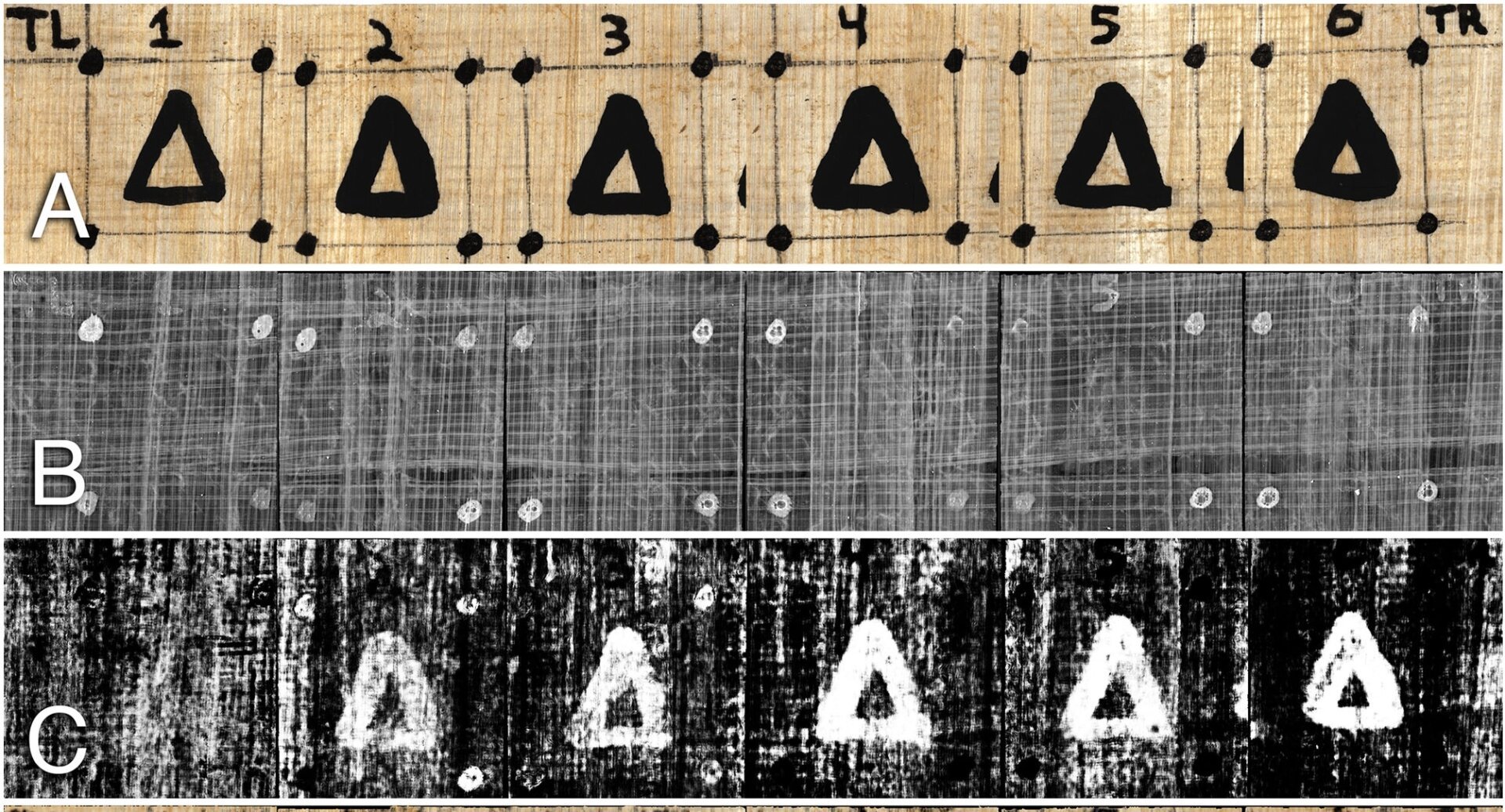Borneo’s Gua Sireh Cave, a site adorned with hundreds of charcoal drawings, offers a glimpse into the lives and struggles of the indigenous Bidayuh people during the colonial era. Recent research has dated these captivating depictions of people, weaponry, animals, and abstract designs to the 18th century, providing crucial context for understanding their significance.
Previously, the meaning of these artworks remained elusive due to the uncertainty surrounding their age. “We had clues based on subjects like introduced animals, but without precise dating, interpreting their meaning was challenging,” explains Paul Taçon, an anthropologist at Griffith University and co-author of the study published in PLoS ONE.
Unraveling the Story Through Radiocarbon Dating
The research team used radiocarbon dating to analyze two prominent human figures, the largest among the cave’s 406 documented motifs. The results revealed a timeframe between 1670 and 1830 CE, coinciding with a period of intense territorial conflict. During this time, the Bidayuh people sought refuge in Gua Sireh from violence perpetrated by Malay elites who controlled the region.
This radiocarbon dating marks a significant milestone, representing the first such analysis of Malaysian rock art. “Black drawings in the region have existed for millennia,” states Jillian Huntley, co-lead researcher and anthropologist at Griffith University. “Our work at Gua Sireh demonstrates that this art form continued into the recent past, documenting Indigenous experiences of colonization and violence.”
A Chronicle of Resistance
The dating of the Gua Sireh paintings contrasts sharply with other humanoid figures found in Southeast Asia. For instance, a figure in the Philippines’ Penablanca Cave complex dates back approximately 3,500 years, while another on Sulawesi is around 1,500 years old.
While relatively recent, the Gua Sireh figures hold immense historical value. They highlight the enduring power of rock art as a form of storytelling for the Bidayuh people. Mohammad Sherman Sauffi William, a Sarawak Museum curator and Bidayuh descendant, recounts an incident from the early 1800s where a small group of Bidayuh warriors defended the cave against 300 armed men, allowing their tribe to escape through a rear passage.
Weapons of Warfare Depicted in Art
The drawings depict figures wielding specific weapons, such as the Pandat, used solely for combat or defense, and the Parang Ilang, short-bladed weapons prevalent in the early decades of white rule in Borneo. Further documentation of these figures within their chronological context promises deeper insights into their cultural and historical significance.
The Gua Sireh cave paintings serve as a poignant reminder that rock art is not solely a relic of the ancient past. These more recent narratives offer valuable perspectives on colonial history and indigenous resilience, demonstrating that even modern stories deserve to be told and preserved. The research underscores the importance of continued study and preservation of rock art sites worldwide.



